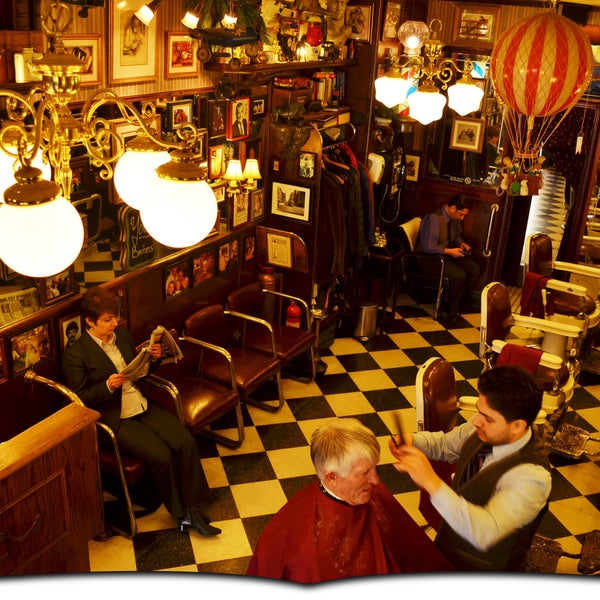While consulting a hairstylist, being able to clearly communicate your ideal haircut is vital for reaching the desired appearance. A well-defined description enables the stylist interpret your expectation and minimizes the chances of misunderstanding. To make sure that you get the haircut you want, it is necessary to prepare in advance and consider several key factors when articulating your preferences. These factors comprise hair cut, texture, style, and any specific elements that you would like to incorporate.
First, consider the length of your hair. Haircuts can range from very short styles like pixies to long layers that fall below the shoulders. It is helpful to specify whether you want a trim, a significant cut, or a complete transformation. Using precise terms such as "shoulder-length" or "mid-back" can provide clarity. Additionally, discussing the possibility of bangs or layers helps the stylist visualize your request more accurately. Being clear about how much length you wish to maintain or remove will significantly influence the outcome of your haircut.
Next, hair consistency plays a crucial function in shaping how a haircut will appear. Different hair types—such as straight, wavy, ringlet-filled, or coily—react uniquely to various cuts. When describing your preferred haircut, it is essential to mention your hair's natural structure and whether you plan to utilize any styling tools or formulations. For example, if you have dense hair, you may want to request for de-bulking methods to reduce bulkiness. Alternatively, if your hair is fine, you might seek texturizing that add volume. This detail enables the stylist to tailor the cut based on how your strands responds.

In conjunction to length and structure, sharing the overall style you want can offer guidance for the stylist. There are a variety of haircuts to choose from, including timeless styles like bobs and contemporary options like asymmetrical over at this website styles. It is helpful to share examples of looks that you like—these could be images from print media or online portfolios. Pointing out distinct elements such as blended lines, defined outlines, or graduated layers can assist in expressing your vision more clearly. This guarantees that both you and your stylist are on the same understanding regarding style direction.
Lastly, don't forget to include any distinctive features that might elevate your haircut. This could include factors such as face shape or personal style preferences that affect the final appearance. For instance, those with round faces might prefer gentle contours to lengthen their appearance, while clients with square faces may opt for blended layering to soften their jaw structure. In addition, talking about color options can also be part of this conversation; noting if you want highlights or a single shade can further define your ideal haircut.
To summarize, effectively conveying your ideal haircut involves thoughtful consideration of several important factors: hair length, texture, style, and distinct traits. By preparing in ahead of time and being specific about these aspects, individuals can greatly enhance their visit at this content the salon and boost the chances of walking out with a haircut they are happy with. A successful discussion with a hair professional is built on open dialogue and shared expectations. This team effort ensures that both client and technician work together towards creating the perfect look.